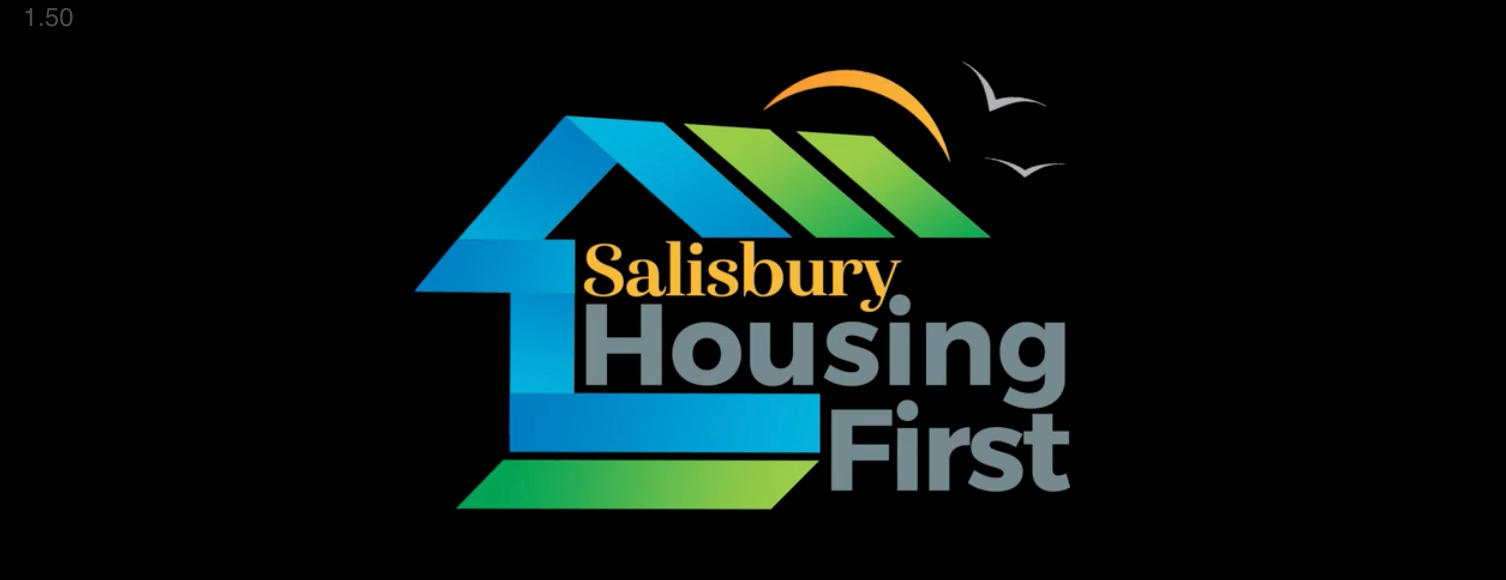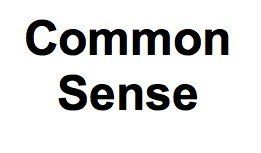Somerset County Public Schools — “Alarming” Total Positive Covid-19 Cases

Around 7% of the students at Somerset County Public Schools (SCPS) have tested positive for covid-19 since August 2021. Some public schools in Somerset, like Crisfield Academy and High School, have rates of cumulative positive cases higher than 9%.
Schools across Maryland have had varying rates of positive covid-19 cases since the start of the 2021-2022 school year. Some counties, like Somerset, have had particularly high rates of total positive cases within their schools in comparison to their respective school populations.
“Our case rates are alarming, and we devote a significant amount of staff resources to manage our contact tracing as a result,” SCPS Public Relations Specialist Victoria Miele stated in an email. “We are also hiring additional staff through a grant that we were recently awarded through the health department to manage the daily workload and relationship with our health department.”
Crisfield Academy and High School has the highest positivity rate among students in SCPS. Over 9% of the overall student population tested positive for the virus since August.
Including Crisfield, three out of the nine schools in the county have had over 7% of the student population test positive in the four months since public schools returned to in-person instruction.
The other two schools, Somerset Intermediate Elementary School and Carter G. Woodson Elementary School, have both had nearly 8% of the school population test positive.
This trend is maintained when positive staff covid-19 cases are included with the students. Schools that had high numbers of student cases have also seen high numbers of staff cases.
Somerset County has the lowest vaccination rate of all Eastern Shore counties in Maryland, with 46% of the county’s population fully vaccinated, compared to the 67% overall vaccination rate for Maryland, according to the New York Times Covid Dashboard.
With the recent approval of vaccines for children ages 5 to 11 and efforts underway to vaccinate children in Maryland, some county school systems, like Montgomery County, Baltimore County and Howard County, have encouraged parents to get their children vaccinated.
However, SCPS has taken a different stance.
“The Somerset Board of Education is neutral regarding student vaccination. The belief is that it is the parent's choice to make medical decisions for their child, not the school district,” Miele wrote.
According to Miele, Somerset County Health Department has set up makeshift vaccine clinics for the 12-to-17 age group in their schools in the past. Miele stated that the school has done the same for the 5-to-11 age group.
“We have given space in our elementary schools this month for the Somerset Health Dept. to conduct vaccine clinics for this age group, however this is a health department initiative, not a SCPS initiative.”
There are four total vaccination clinics in Somerset, according to the Maryland Coronavirus Vaccination Clinic page and Somerset County Health Department. Somerset is among four counties on the Eastern Shore with the highest numbers of residents per clinic. Somerset has a population of 25,616 people, according to the U.S. Census Bureau, approximately 6,404 people for each clinic. The other three counties, Cecil, Caroline, and Queen Anne’s, range from around 6,700 to around 7,350 people per clinic.
The other five counties on the Eastern Shore range from about 3,000 to about 5,750 people per clinic.
Somerset County had the highest poverty rate of any Eastern Shore county in 2019 with 23.6%, according to the Census Bureau. The rest of the counties’ poverty rates on the Eastern Shore range from 6% to 16%.
“We are also extremely rural (the county population is about 26,000), and such a large percentage of our students live below the poverty line that we receive the majority of our funding from the state and all students receive free school meals. We also know that higher rates of covid exist among underserved populations for a variety of documented reasons,” Miele said.
Less affluent populations are more at risk of covid-19 because of pre-existing illnesses, like heart and respiratory conditions, that are more common among this group, according to the Brookings Institution. Additionally, the ability to practice social distancing and to work from home are less likely.
The lack of reliable internet services also affects the ability to quickly pivot to online learning, according to Miele.
“Somerset County cannot just flip to virtual instruction when rates go up like some other districts can. We also lack reliable internet throughout the county. And many services to these underserved students can’t be delivered remotely. It’s been a very challenging few school years, to say the least,” Miele said.
“There are wide gaps by income class in both the risk posed by the virus, because of existing health conditions, and in levels of response to the risk of infection.”
Somerset has the highest population of Black people, about 41.5%, among the Eastern Shore counties, according to 2019 Census Bureau data.
According to the Center for Disease Control and Prevention, data throughout the pandemic showed that marginalized groups, mainly Black and Hispanic/Latino people, are hospitalized and have died from covid-19 at higher rates than people who are white and non-Hispanic.
Capital News Service is a student-powered news organization run by the University of Maryland Philip Merrill College of Journalism. For 26 years, they have provided deeply reported, award-winning coverage of issues of import to Marylanders.
Common Sense for the Eastern Shore







